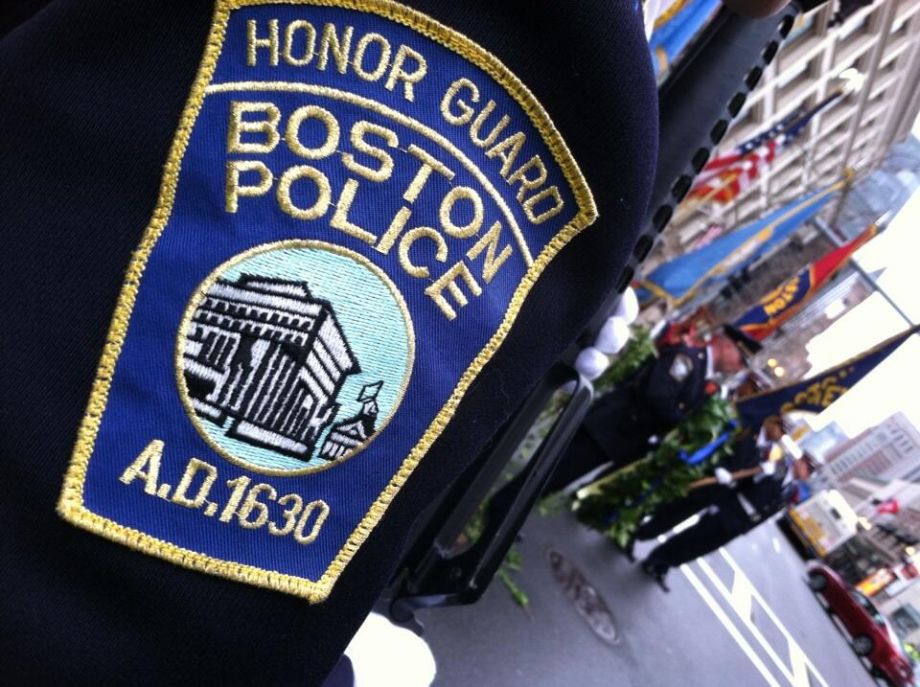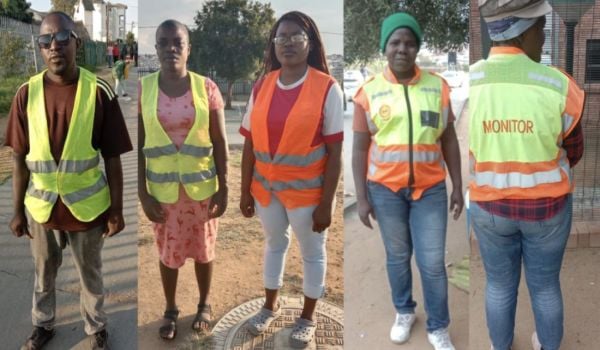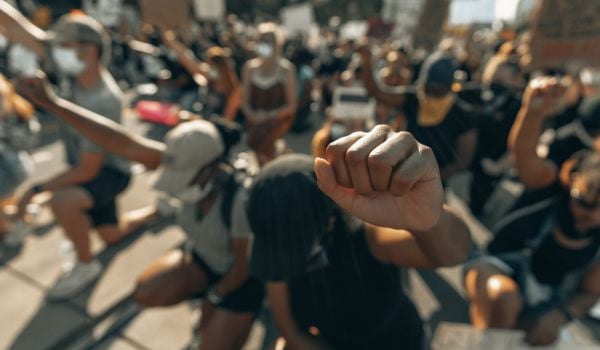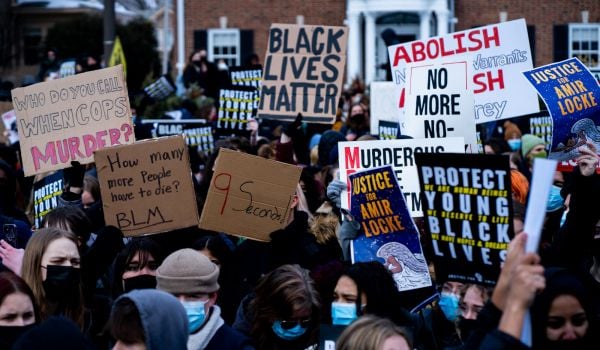It has to be one of the most memorable and exuberantly received tweets in the history of the genre: “CAPTURED!!! The hunt is over. The search is done. The terror is over. And justice has won. Suspect in custody.” This message, from the Boston Police Department, capped the tense manhunt in the aftermath of last year’s marathon bombings. At the time, the department was celebrated for its savvy use of social media throughout the episode.
On the first anniversary of the tragedy, what lessons can other police departments draw from the BPD’s experience? An illuminating report from Harvard’s Kennedy School takes an in-depth look at the question. Authored by Edward F. Davis III, a former Boston police commissioner, along with Massachusetts state senate staffer Alejandro A. Alves and UC Berkeley law professor David Alan Sklansky, the report argues that technology can facilitate an extension of the dialogue so critical to good community policing.
“The promise of social media for policing is not to transform or add to the work of law enforcement,” the authors write, “but to emphasize the deep connection with the community that has always been the focus of good police work.”
The report identifies both striking parallels and key differences between police departments and other major classes of social media users, like corporations and the media. Tweeting cops can borrow tactics where appropriate while exploiting their own advantages, such as access to insider information and, ideally, a sincere commitment to public service. “Police need their own models, their own best practices, and their own discussions and philosophies about how to incorporate social media to achieve their distinct purposes,” the report reads.
Both the police and the media, for instance, want to get accurate information to the public, though not for precisely the same reasons. Media outlets want to satisfy the thirst for news and scoop the competition. Law enforcement releases information strategically, to solicit useful tips and ultimately protect public safety.
The BPD had an edge in its investigation after the bombings. It had information that the media and the public wanted. Moreover, according to the report, “police do not need to be the first to ‘break’ a story in order to capture the most attention.” They therefore have more time to carefully confirm and convey information. During the bombing aftermath, the report notes, the news media made several mistakes. The BPD corrected those errors through its own timely use of social media, and quickly became the go-to source.
Early on, for example, CNN tweeted falsely that an arrest had been made, generating about 1,400 retweets. About 20 minutes later, the BPD took to Twitter to correct that claim: “there has not been an arrest.” That post was promptly retweeted almost 11,000 times. When police finally apprehended the suspect, their triumphal under-140-character announcement was retweeted more than 136,000 times, which dwarfed the number of retweets earned by reports from traditional news media.
Police also share similarities with corporations, Davis and his coauthors observe. Specifically, both have struggled to adopt the colloquial, cheeky, chummy tone that distinguishes social media. For corporations, though, the chief problem is credibility: You know they want to sell you something. For police departments, the challenge is overcoming a culture of reticence and bureaucratic language. Yet informal, honest communication on social media could represent a logical supplement to community policing. “Policing is (or should be) rooted in public service,” the authors write. “This creates the opportunity for dialogue that is more about sincerity than about marketing spin.”
Though the report doesn’t put it in these terms, another important reference point is the way we interact with friends on social media. Ideally, the police should foster open, cordial — friendly — relations with the public. The BPD commissioner has a Twitter account, which, due to its “pseudo-personal” feel, the authors write, elicits a stronger public response. Since late 2011, the department has also run a “Tweet from the Beat” program, encouraging officers to tweet about their activities. According to Nancy Kolb, senior program manager at the International Association of Chiefs of Police, a number of agencies offer “virtual ride-alongs,” allowing people to vicariously experience the shift of a beat cop.
“Our perceptions of law enforcement are often driven by what we see on television or in a movie,” Kolb told me. “This is a great opportunity to get a sense of who your officers are… these are people, too. They’re members of your community. They have families.”
The risk, of course, is that bonhomie could slide into bad judgment. As we all know, social media can amplify the fallout from impulsive blunders. It’s nice to know that officers are people, too, but we don’t need to know about last night’s hot date or this afternoon’s indigestion.
In any case, a humorous, semi-personal touch is appropriate for ongoing community relations, not during a crisis. The report does not explicitly address the ways that social media best practices may vary under different conditions. The events of last April were, thankfully, anomalous. They transfixed the entire country, and by the end of it, Boston’s police force resembled yet another major category of social media mavens: celebrities.
The Science of Cities column is made possible with the support of the John D. and Catherine T. MacArthur Foundation.
Rebecca Tuhus-Dubrow was Next City’s Science of Cities columnist in 2014. She has also written for the New York Times, Slate and Dissent, among other publications.

















